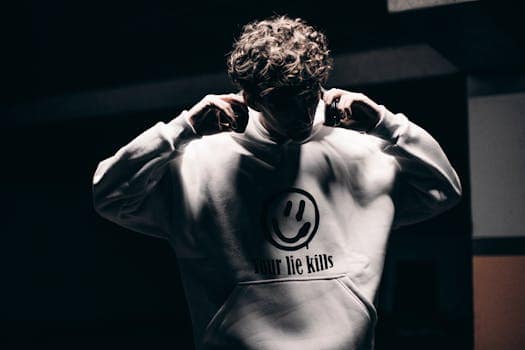Your cart is currently empty.
When you add a product, it will appear here.

Luminous textiles, fabrics that emit light, are rapidly emerging as a fascinating intersection of design and technology. These innovative materials are transforming various industries, from fashion and interior design to architecture and healthcare. By integrating light-emitting components directly into the fabric, luminous textiles offer unique aesthetic and functional possibilities. This blog post will explore the current state of luminous textiles, their applications, benefits, and potential future impact.
Luminous textiles are fabrics that incorporate light-emitting elements such as optical fibers, LEDs (Light Emitting Diodes), or electroluminescent materials. Unlike traditional textiles that reflect light, these fabrics generate their own illumination. The light source is carefully integrated into the weave or onto the surface of the material, creating a soft, ambient glow.
Luminous textiles are finding applications across a diverse range of industries. Their unique properties make them ideal for both aesthetic and functional purposes.
The fashion industry has been quick to embrace luminous textiles. Designers are using these fabrics to create eye-catching garments and accessories. From dresses that shimmer with embedded LEDs to jackets with illuminated patterns, luminous textiles add a futuristic and artistic element to clothing. The ability to change colors and patterns dynamically offers exciting possibilities for personalized and interactive fashion.
In interior design, luminous textiles can be used to create unique and inviting spaces. They can be integrated into curtains, wall coverings, and upholstery to provide ambient lighting and add visual interest. Luminous textiles are also used in acoustic panels to improve sound quality while providing a subtle glow. The ability to control the color and intensity of the light allows designers to create customized atmospheres.
Luminous textiles are beginning to make their mark in architecture, offering new ways to illuminate and enhance buildings. They can be used in facades to create dynamic lighting effects, making buildings more visually appealing at night. Inside, luminous textiles can be integrated into walls and ceilings to provide ambient lighting and create a sense of spaciousness. The energy efficiency of LEDs also makes luminous textiles a sustainable lighting solution for architectural applications.
Luminous textiles are also finding innovative applications in the healthcare industry. They can be used in phototherapy to treat skin conditions, with specific wavelengths of light delivered directly to the affected area. Luminous textiles are also being explored for use in wearable sensors that monitor vital signs, providing a comfortable and unobtrusive way to track patient health.
The automotive industry is exploring luminous textiles for car interiors to create a more pleasant and luxurious experience. These textiles can be used on seats, dashboards, and door panels to provide ambient lighting and enhance the overall aesthetic of the vehicle. Luminous textiles can also be used to improve safety by increasing visibility in low-light conditions.
Luminous textiles offer a range of benefits compared to traditional lighting solutions.
Despite their many benefits, luminous textiles also face certain challenges. The cost of materials and manufacturing can be relatively high, limiting their widespread adoption. Durability and washability are also concerns, as the light-emitting components need to be protected from damage.
However, ongoing research and development are addressing these challenges. New materials and manufacturing techniques are making luminous textiles more affordable and durable. Researchers are also exploring new applications for luminous textiles, such as smart textiles that can respond to changes in the environment.
The future of luminous textiles looks bright. As technology advances and costs decrease, these innovative materials are poised to transform various industries and enhance our lives in countless ways. From creating personalized fashion to designing energy-efficient buildings, luminous textiles are illuminating the future of design and technology.
Conclusion:
Luminous textiles represent a significant leap forward in the integration of technology and design. With applications spanning fashion, interior design, architecture, healthcare, and automotive industries, these fabrics offer a unique blend of aesthetic appeal, functionality, and energy efficiency. While challenges remain in terms of cost and durability, ongoing advancements promise a future where luminous textiles play an increasingly prominent role in shaping our world. Their potential to revolutionize how we interact with our environment makes them a fascinating area to watch.